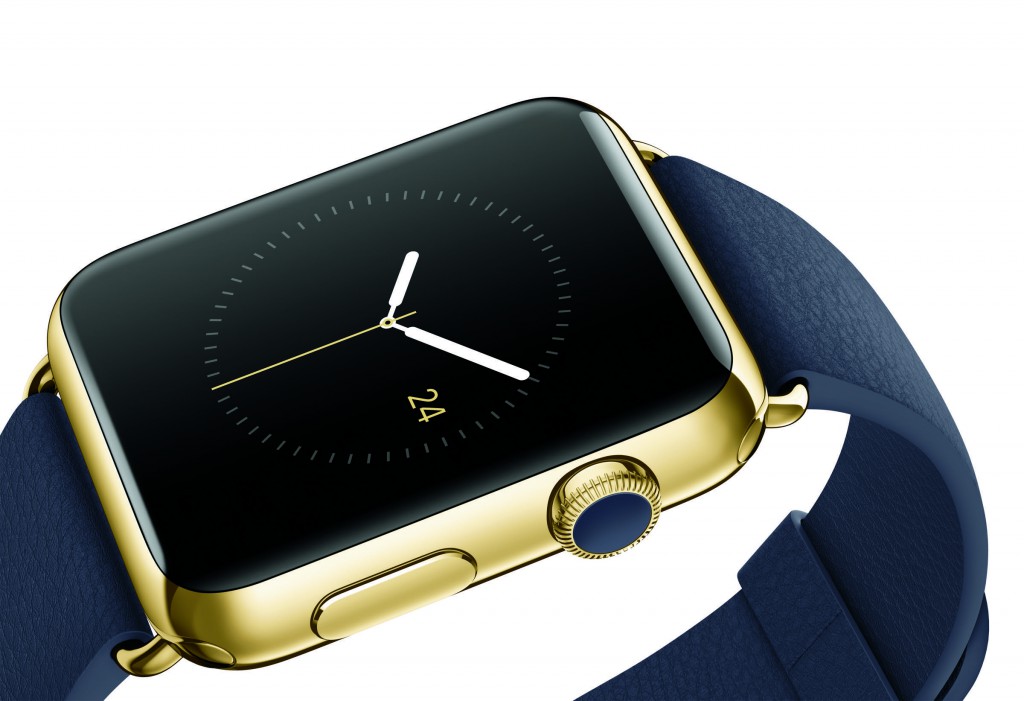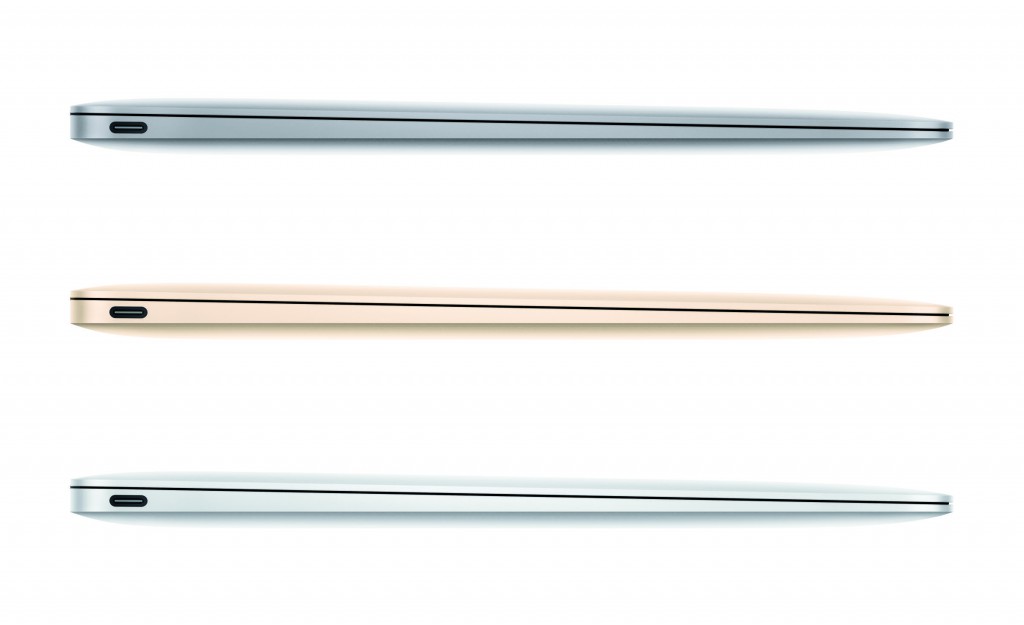Yesterday, I was shocked to learn of the apparent admission of guilt by Robert Durst. The admission was startling news all by itself. What was even more incredible was the source of the news: not a newspaper’s or government’s investigation, but a six-part documentary on HBO, titled The Jinx.
Unfortunately for me, I had not been watching this show — despite having seen excellent early reviews. As a result, I didn’t get to experience the “gut-wrenching” surprise in the finale of what the New York Times described as “appointment television.”
Truth be told, I watch a good deal of television, including shows on HBO. I am always on the lookout for new shows worth watching. So why did I decide to skip over The Jinx?
There’s no mystery here. The answer is that, with all the shows I am currently watching, my viewing tank is constantly on the verge of spilling over. It’s gotten so bad that I’ve had to put new additions on hold. I have a list of shows waiting to replace ones as they conclude their run or that I have otherwise decided to abandon. To override the list, and simply add another show to my routine, requires that I consider if I can (or should) be squeezing out yet more time for television each week. The answer is usually: No. Such was the case with The Jinx.
Here’s how bad (or good?) it is right now:
I’m in the middle of relishing the showdown between Raylon Givens and Boyd Crowder in the final season of Justified. Having recently managed to work my way through all the episodes of Breaking Bad, I am now following Better Call Saul (which, by the way, had a truly standout episode last week, with its back story on Mike Ehrmantraut). I’m also mini-binging on the latest season of House of Cards (I’m half-way through the season, which has so far been the weakest of the three). I’ve watched the first two episodes of The Honourable Woman (it looks promising and I expect to get back to more episodes soon). I’m beginning the second season of Broadchurch, with two episodes currently logged on my DVR. And, I am a bit embarrassed to admit, I am still sticking with The Blacklist, despite its increasingly absurd and nonsensical plots.
My annual foray to Downton Abbey ended a few weeks ago. I watch Abbey, together with Madame Secretary and Grey’s Anatomy, primarily because my wife likes these shows and it gives us some things to watch together (except for Broadchurch, she doesn’t watch any of the shows listed in the previous paragraph). That’s not to say her favorites are a sacrifice for me. They are respectable entertainment and I enjoy them. In the same way, my wife and I are wading our way through The Good Wife. We started with Season 1 a few months ago and are now almost done with Season 3. Definitely fun.
Waiting in the wings are five more series I’ve watched in previous seasons: Mad Men, Orphan Black, Orange is the New Black, True Detective and Sherlock. I eagerly anticipate their returns. Next fall, there will be the resumption of the rejuvenated Homeland.
What about that waiting list I mentioned?
Sitting at the top are Game Of Thrones, The Walking Dead and The Americans. I hope to find room for at least one of these series sometime this summer. Meanwhile, my wife is toying with adding one of Shonda Rhimes other two shows: Scandal or (more likely) How to Get Away With Murder. The Affair won the Golden Globe for best Dramatic TV Series and Fargo won for Best Miniseries; I’d like to find time to check both of them out. Lower down but still on the list are numerous other shows that have piqued my interest, most notably The Fall and The Following.
And I promise to someday start watching The Wire, which many of my friends claim is the best series ever on television.
There are also the very occasional one-and-done specials or mini-series, such as Olive Kitteridge, that I have made time to watch. At least these do not require the ongoing commitment of a regular series — which can mean watching as many as 23 episodes a year for six seasons or more.
If only that was the end. It’s not. Those sadistic television programmers keep adding new shows to vie for my attention. Recently spotted on my new show radar is Empire, the first break-out hit of 2015 — reviving a sagging lineup on Fox. Also lighting up with potential are American Crime and Bloodline.
Some shows do occasionally finish up, making room for ones on the waiting list. Last year it was True Blood and The Newsroom. This year it’s Justified and Mad Men.
This is not a complete list of every series I’ve recently watched or hope to watch. But it’s getting close.
With the exception of The Jinx (a documentary mini-series), all of these shows are scripted dramas. These are clearly the meat and potatoes of my television watching. I’ve pretty much given up on comedies — although I have sporadically watched old episodes of The Big Bang Theory and Sports Night. I also have some interest in Modern Family, Silicon Valley and Shameless.
Surely, there’s a lot of garbage still on television (just check out almost any reality show as proof). But the best that television has to offer these days is absolutely the best that television has ever offered. We are truly in a golden age of quality programming. Plus, with on-demand options for almost every show now on the air — and venues such as Netflix and iTunes for catching up with shows no longer running — there’s never been a better environment for watching television.
And there-in lies the rub. I mentioned more than 30 dramatic series in this column. Granted, they aren’t all airing new episodes right now. Still, keeping up with all of them sometimes feels more like a job (albeit an enjoyable one) than a leisure activity. That’s the “paradox of choice” with television these days. It’s so good, with so many great series, that no one (certainly not me) has the time to savor everything worthwhile that’s out there.
And, returning to the top of this column, that’s the long answer for why I didn’t, to my regret, watch The Jinx. Of course, although I now know the surprise ending, I can still view the show via HBO Go. Which I intend to do.
One more thing…if you have a recommendation for some great show for me to watch, one not included here, please don’t tell me. Thanks, but I already have too much of a good thing.


